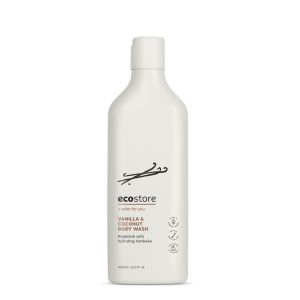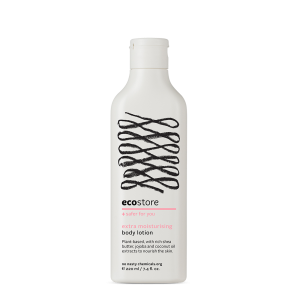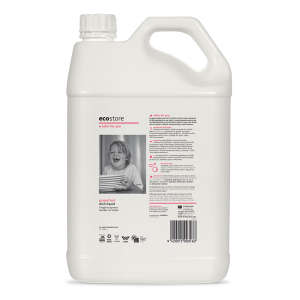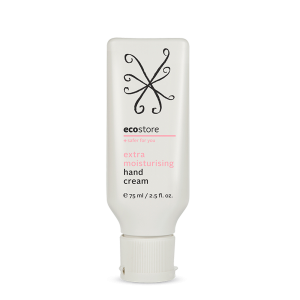Dehydroacetic Acid

Dehydroacetic Acid
Dehydroacetic acid is an organic compound that usually comes in the form of an odourless white crystalline powder. It has potent antifungal and antibacterial properties, and is used in many personal and skin care products as a preservative.
Dehydroacetic acid is a synthetic chemical that is considered to be a low hazard for human health and for the environment. Clinical tests have shown present inclusion rates of dehydroacetic acid (less than 0.6%) to be non-irritating and safe for use in cosmetics. We use this ingredient to help stop the growth of microbes on our products once they are exposed to air, keeping them stable and working at their best.
Other names: C8H8O4; 3-Acetyl-4-Hydroxy-6-Methyl-2H-Pyran-2-One; 3-Acetyl-6-Methyl-2H-Pyran-2,4(3H)-Dione, Ion(1-); 2H-Pyran-2,4(3H)-Dione, 3-Acetyl-6-Methyl-
Chemical class: Heterocyclic Compounds, Carboxylic Acids
REFERENCES
4 Final Report on the Safety Assessment of Sodium Dehydroacetate and Dehydroacetic Acid. (1985). Journal of the American College of Toxicology, 4(3), 123–159. https://doi.org/10.3109/10915818509078671
Baldwin, A. G., Bevan, J., Brough, D., Ledder, R., & Freeman, S. (2018). Synthesis and antibacterial activities of enamine derivatives of dehydroacetic acid. Medicinal chemistry research : an international journal for rapid communications on design and mechanisms of action of biologically active agents, 27(3), 884–889. https://doi.org/10.1007/s00044-017-2110-8
National Center for Biotechnology Information (2021). PubChem Compound Summary for CID 122903, Dehydroacetic acid. Retrieved September 8, 2021 from https://pubchem.ncbi.nlm.nih.gov/compound/Dehydroacetic-acid.









